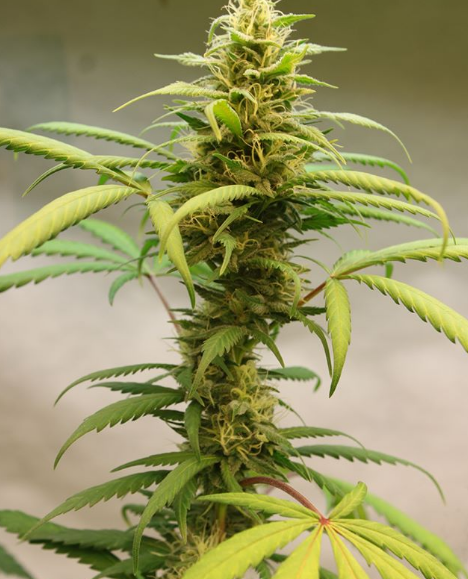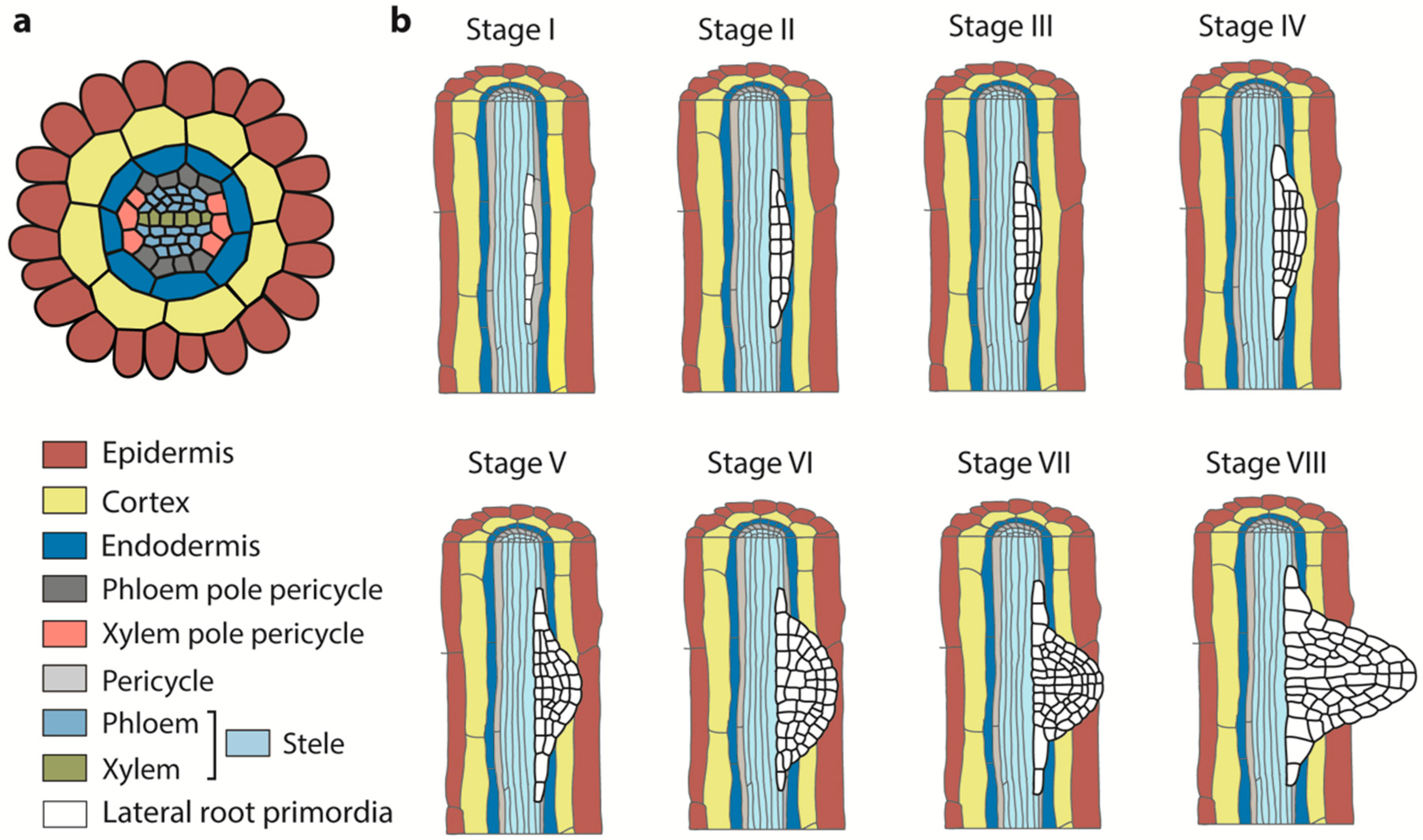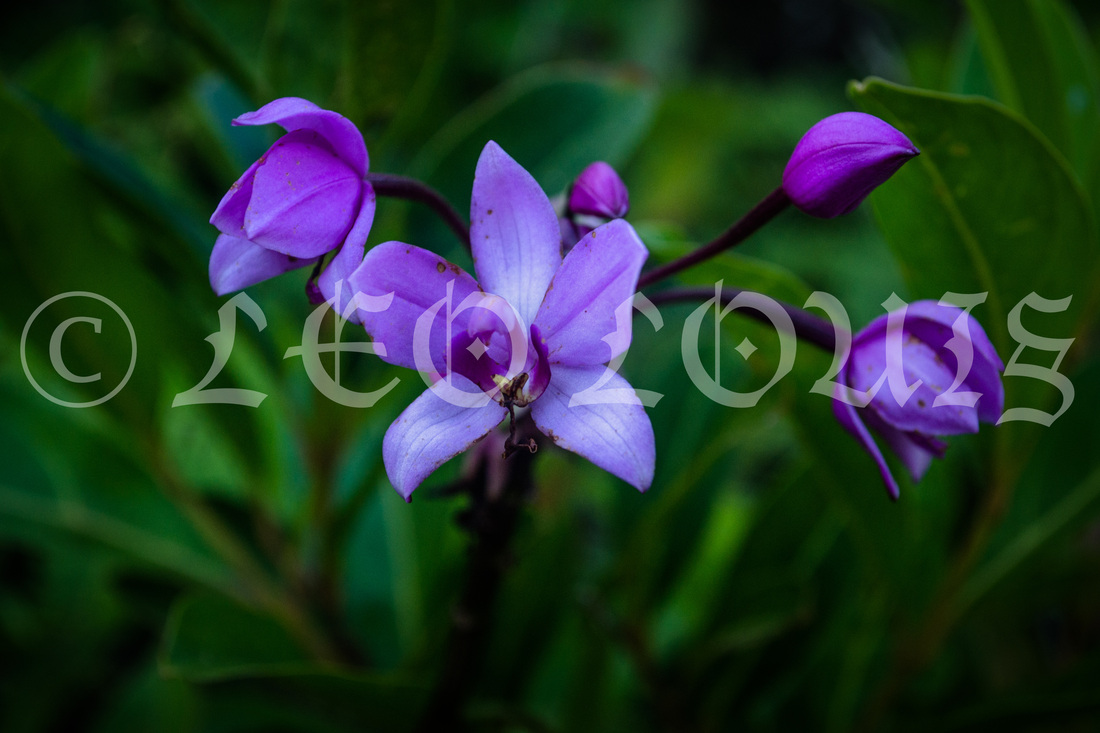
Numerous, big, pointed teeth covering needle tip Numerous, rounded in upper part, pointed on tip Morphological traits in chosen Pinus species in the B2 and B3 phases of bud development. These phenological stages were defined by him as follows: B0-dormant buds B1-buds are swollen B2-buds elongate and disjunction of bud scales makes the shoot surface visible B3-emergence of brachyblasts, which remain entirely enveloped by the parts constituting the sheath B4-emergence of needles and B5-disjunction of needles from the same fascicle. Debazac divided the process of growth into six phases, from B0 to B5, and proposed a classification consistent with bud morphology. During the expansion of long-shoot buds into mature shoots, some phenological stages can be distinguished. The length of a shoot is, to a large extent, determined by the number of short-shoot primordia initiated in the previous season, which are present in the bud. The growth of a shoot, defined as “predetermined” (buds contain all the primordia for the following season and, thus, the numbers of leaves and future lateral buds are already predetermined in the bud), can be completed in a relatively short time after dormancy breaking in spring. In a long-shoot bud, there are primordia of each structure of the future mature shoot. Short-shoot buds typically contain all the needle primordia formed in autumn before bud dormancy. Short shoots are covered by live cataphyll scales (typically 8–11), and the needle primordia of these shoots are tightly enclosed by them. To the best of our knowledge, this is the first study on the micromorphology of very young needles in representatives of the genus Pinus.

These observations could be useful in pine systematics but also in palaeobotanical or physiological studies. strobus, Florin rings were also observed. In B3 for all the species, numerous stomata were visible. strobus, their size and density along the margin decreased basipetally. The teeth on the margin in all the species were pointed. strobus was the needle tip slightly rounded. In the B3 phase, needle tips were pointed. nigra) near the needle tips and were arranged in rows. Stomata became visible in the late B2 phase ( P. Teeth were also visible on the margins in P. In B2, needle tips were rounded or pointed, depending on the species. uncinata) were analyzed at phenological stages B2 and B3 (according to Debazac).


These results indicate that primordium fate can be modified after primordium initiation and that developing primordia respond quantitatively to floral induction signals.Using a scanning electron microscope, the micromorphologies of needle primordia and the young needles of seven pine species ( Pinus cembra, P. APETALA1::beta-glucuronidase activity levels were initially highest in young primordia but were not correlated strictly with primordium fate.

Assays for APETALA1::beta-glucuronidase activity during the CI photoinduction treatment indicated that the floral meristem identity gene APETALA1 was transcriptionally activated in primordia with a leaf/paraclade bias and in primordia committed to leaf/paraclade development. Specifically, plants induced with our continuous incandescent-enriched (CI) treatment produced an average of two primary-axis nodes with a leaf/flower phenotype, indicating that approximately two leaf/paraclade primordia per plant produced an individual flower from tissue that typically would differentiate into a paraclade (secondary inflorescence). We report here that when 30-day-old vegetative plants were induced with a continuous light treatment enriched in far-red light, flowers developed directly from previously initiated primordia. Far-red light and long photoperiods promote flowering in Arabidopsis.


 0 kommentar(er)
0 kommentar(er)
